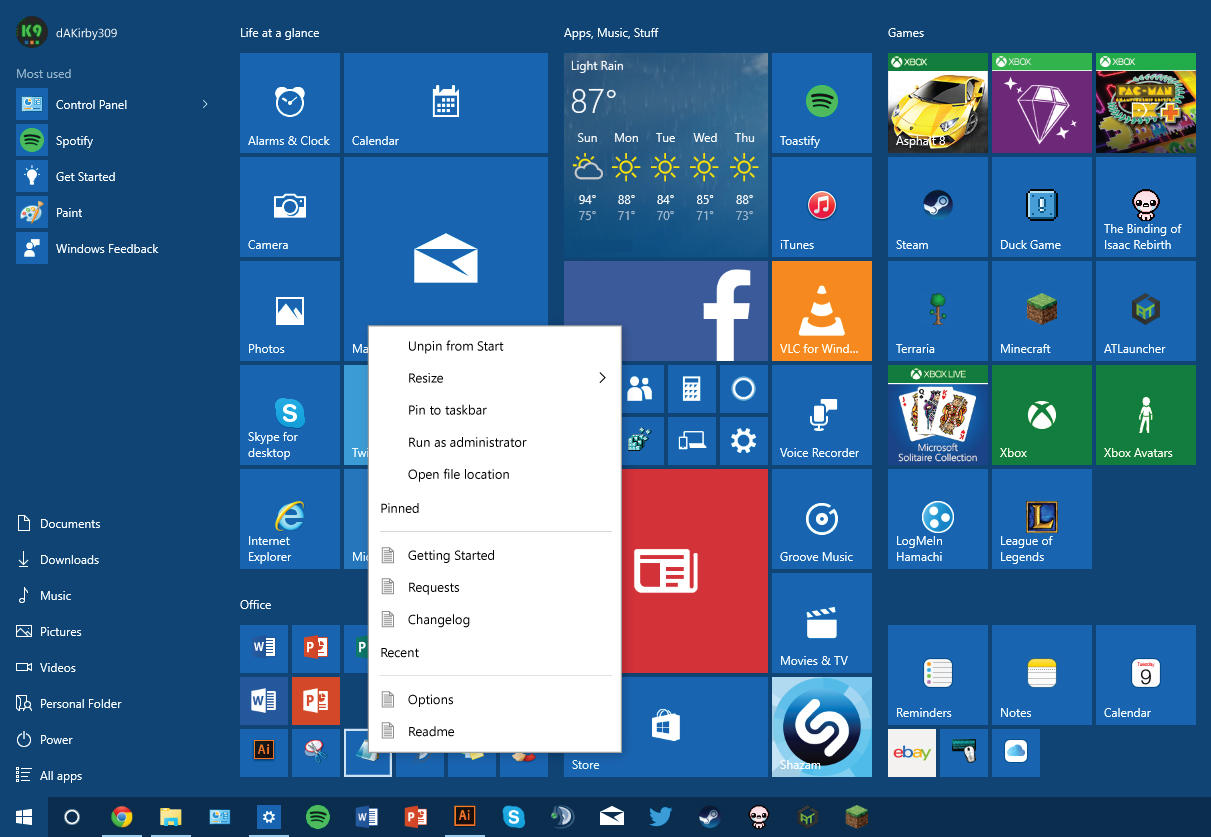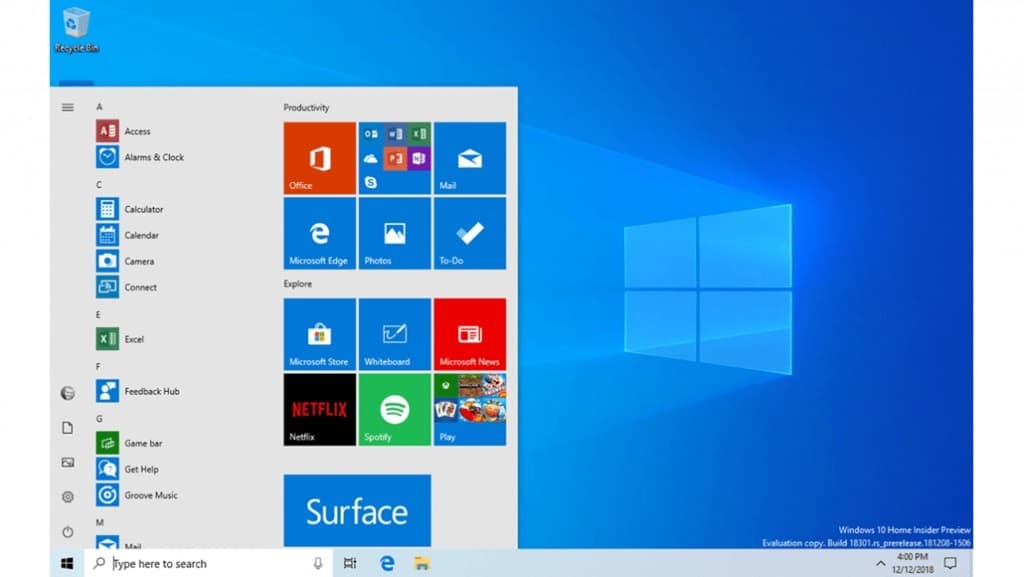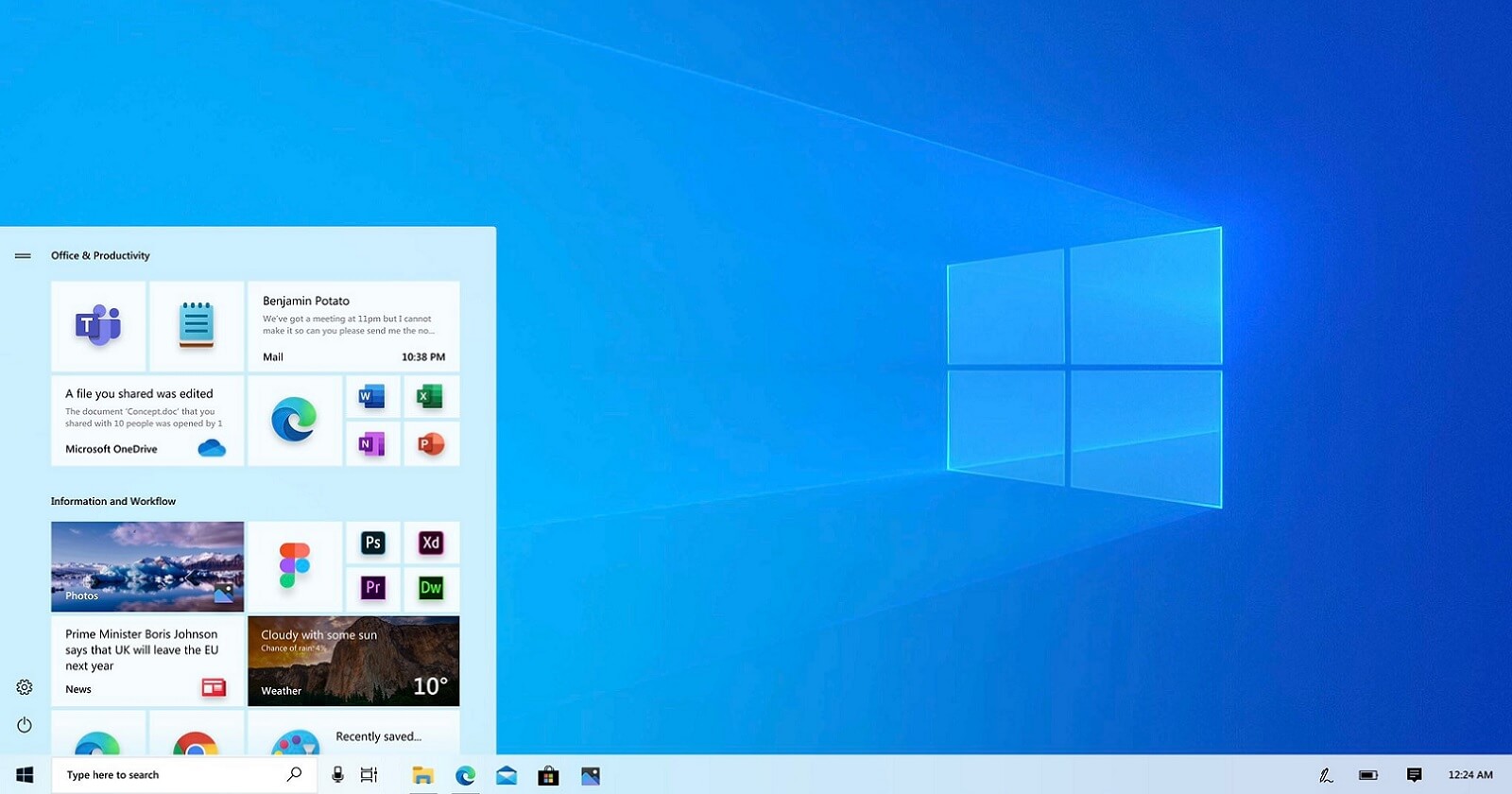

Win 10 has far too many options & settings, none satisfactorily explained despite there being loads of screen space to provide guidance. Now add to that (example Win 10) unexpected “updates/upgrades” which just happen without adequate warning & you now have two possible sources of problems. Make the OS more secure, make it faster, add genuinely useful features, and this will be appreciated.īut unnecessarily change basic proven procedures & people are forced to experiment & re-learn which takes time & inevitably leads to a messed up system. They hate the fact that XP & Win7 are still the predominant OS’s in use, both private & commercial. MS continues it’s non-real world evaluation of what folks want. What an absolute mess & all quite avoidable. Windows 10 is a free update rolling out to devices running Windows 7 and Windows 8. Read: How to Get the Free Windows 10 Update Just hover your mouse cursor over its edges. Don’t forget that you can use a mouse and keyboard to resize the Start Menu and make it bigger too. This gives you the best of both worlds, you can run tons of different apps in a familiar way, without having to give up the Start Screen and it’s easy to real Live Tiles.

This means that you can keep the Start Screen even when you aren’t in Tablet Mode.

This switch doesn’t yield to you being in tablet mode or not. It is this button that will supersize the Start Screen in Windows 10, giving you an experience very similar to what you got with Windows 8. Now tap or click on the button labeled Use Start full screen. Click or tap Start on the right side of your screen. We’re not looking for background options, but for Start options. The first thing you’ll see in the Personalization screen is the option to customize how your Desktop looks with a picture. Tap or click on the Personalization icon it’s on the middle-right. The category we’re looking for is Personalization. Many of the settings and features that were in the Control Panel have been moved here and reorganized in categories that’ll make more sense to users. This app is one of the big changes Microsoft introduced for Windows 10. Now tap or click on the Settings icon in the bottom-left corner of the Start Menu. Press the Windows button on your keyboard or at the bottom of your screen in the left to open the Start Menu. Luckily, Microsoft was smart to include a more direct way of bringing the Start Screen back and it comes by way of a simple toggle located in the new Settings app. Bring Just the Start Screen back in Windows 10: Settings As such, it’s not a good way to directly address your Start Screen issue. Now tap or click on the Tablet Mode button that sits on the bottom-left end of the Action Center.Īgain, turning on Tablet Mode does more things than just super-size the Start Screen. If you’re using a device with a touch screen, place your finger on the right edge of the display and swipe to the left. It’ll look like a full or empty mini message. Look for the Action Center button in the system tray of the taskbar on the right-bottom of your screen. Be aware that doing so also turns all of your apps back into fullscreen apps too. You can Turn on Tablet Mode to get the Start Screen back if you preferred the way the Start Screen in Windows 8 looks. Turning off Tablet Mode shrinks the Windows 10 Start Screen into the Start Menu you likely have on your PC. If you have a device with touch running Windows 10 and Continuum detects a keyboard it’ll, ask you if you’d like to turn off Tablet Mode. Windows 10 has a feature called Continuum that knows whether you have a mouse and keyboard connected to your device. The Start Screen is gone from Windows 10 because it’s no longer something Microsoft feels that every Windows 10 users needs to stay productive.

Here’s how to Get the Start Screen Back in Windows 10: Tablet Mode Read: Final Windows 10 Release Details Revealed Since the launch of Windows 8, a large part of users have adapted to the way the start Screen works. It put the focus on the content of your apps and let you use your entire screen to pin your favorite apps. Really, the Start Screen was never more than a super-sized version of the Start Menus that came before it. It’s absolutely understandable that someone would want the Start Screen if they upgraded from Windows 8.1.The Start in Windows 8 looms large, every time you hit a Windows button or press the Windows key on your keyboard, it pops to life with its flipping tiles, built-in search and up-front power button. The Start Screen is gone in Windows 10 by default, but there is a way to get the Start Screen back in Windows 10 if you’re savvy enough. First up were full screen apps and how isolating the felt - even though Microsoft did allow some form of limited multitasking. There were two core things that Windows users reacted to negatively whenever they got to try Microsoft’s Windows 8 and Windows 8.1 operating systems for the first time.


 0 kommentar(er)
0 kommentar(er)
